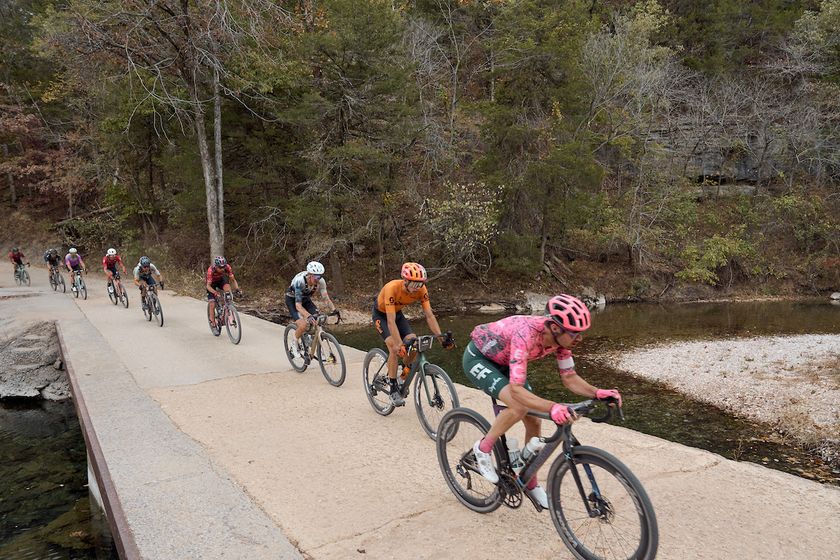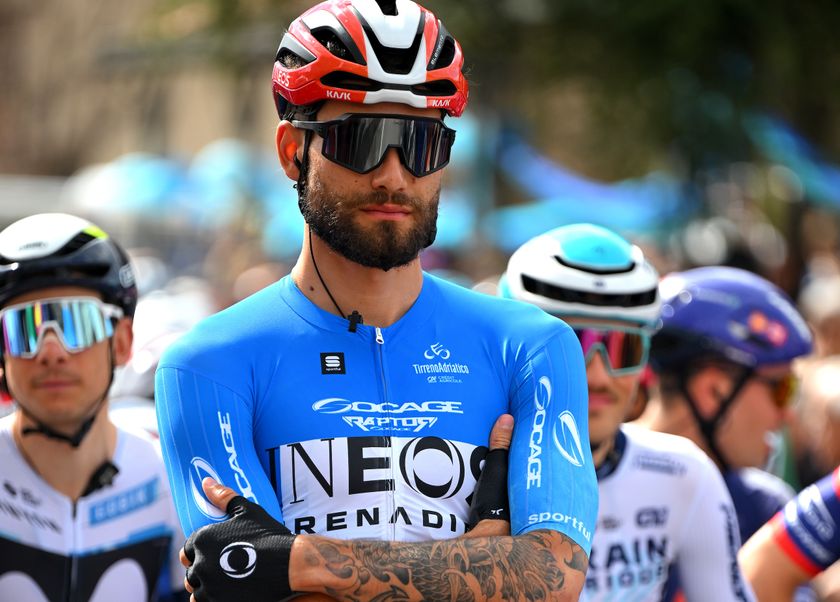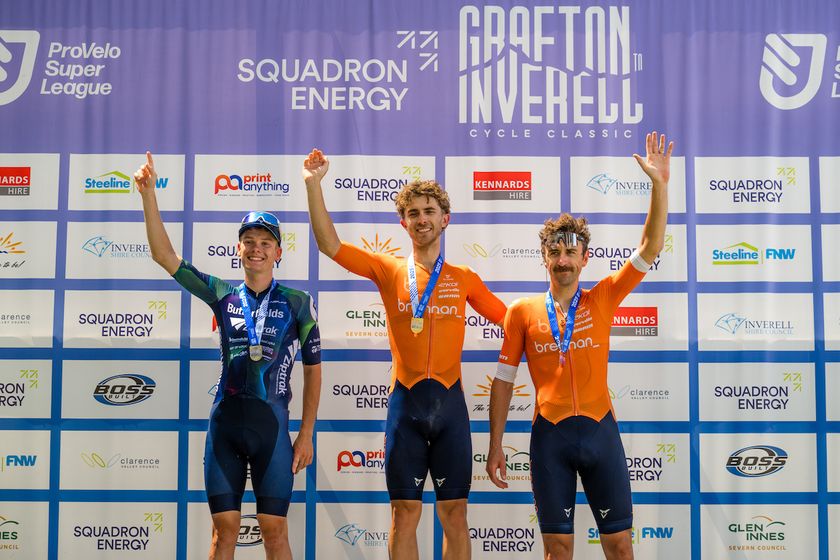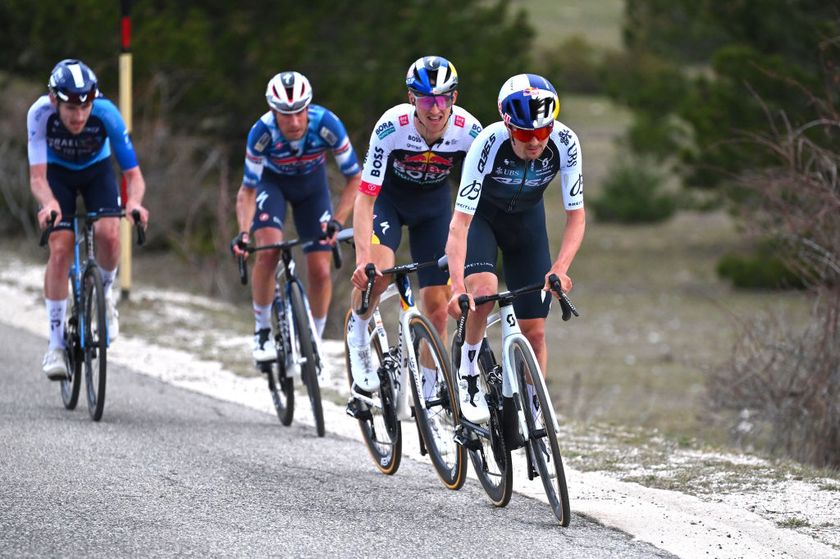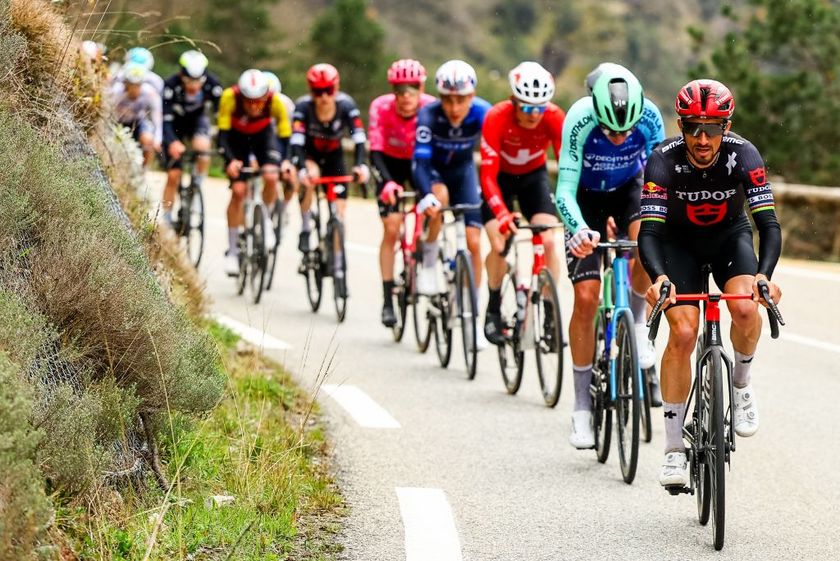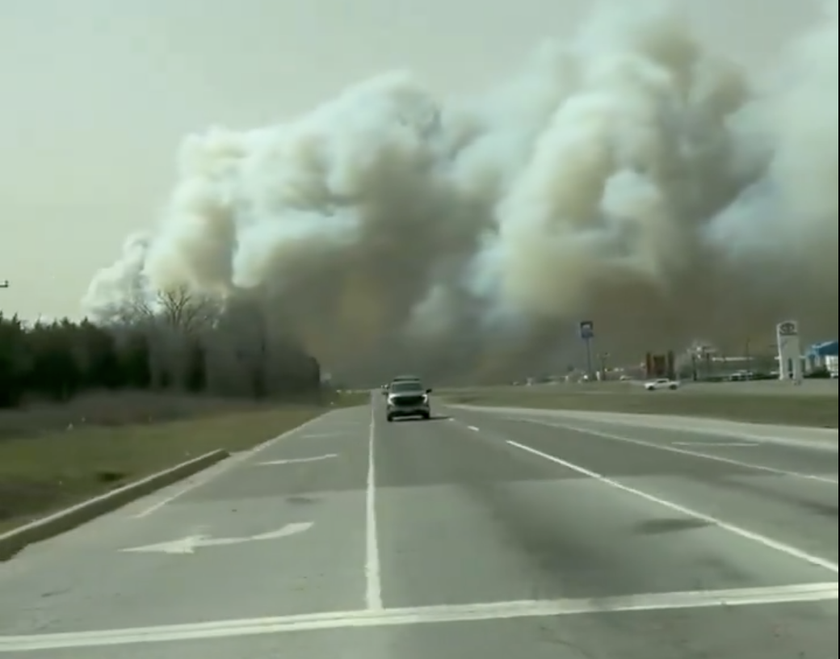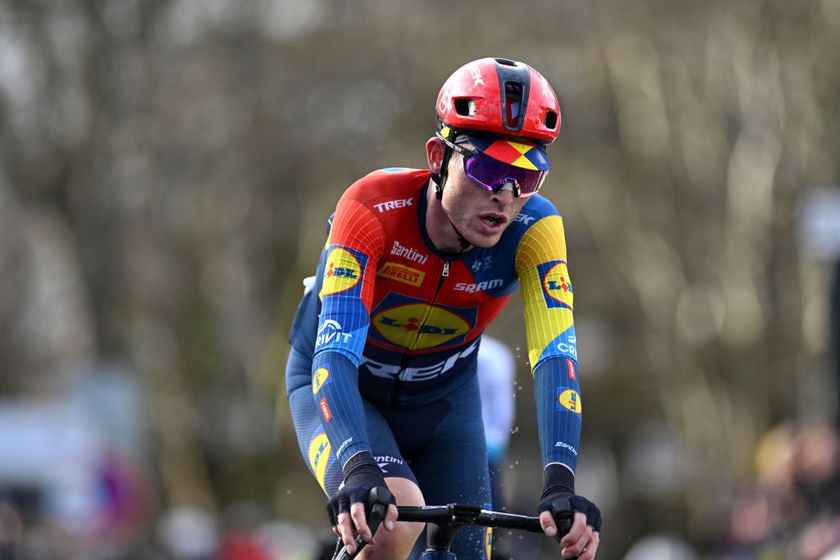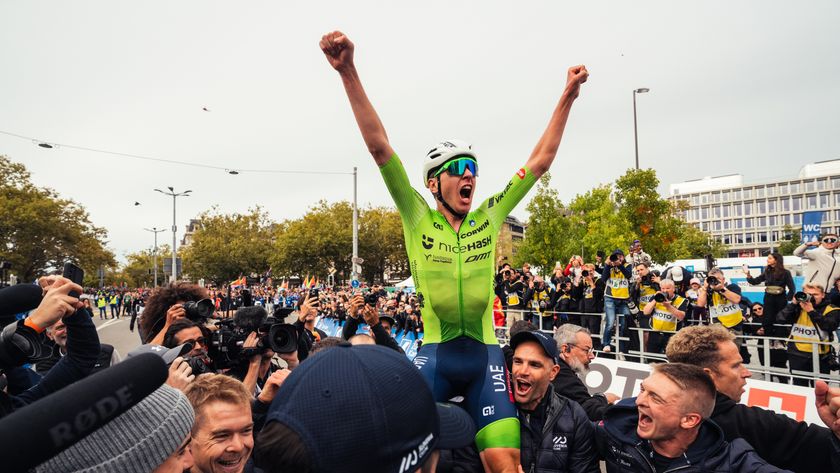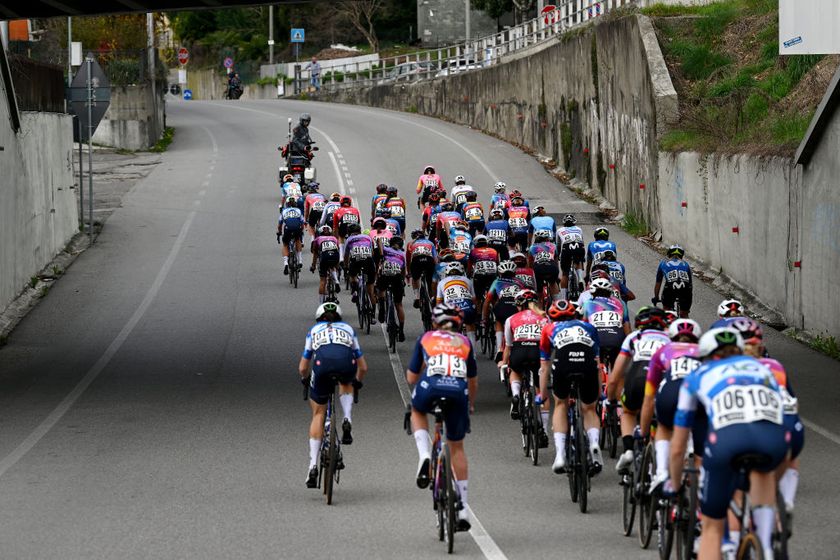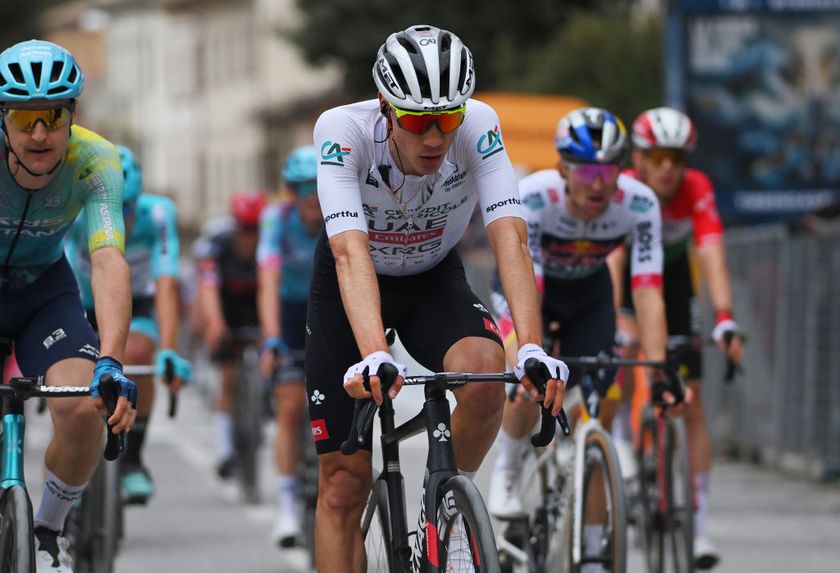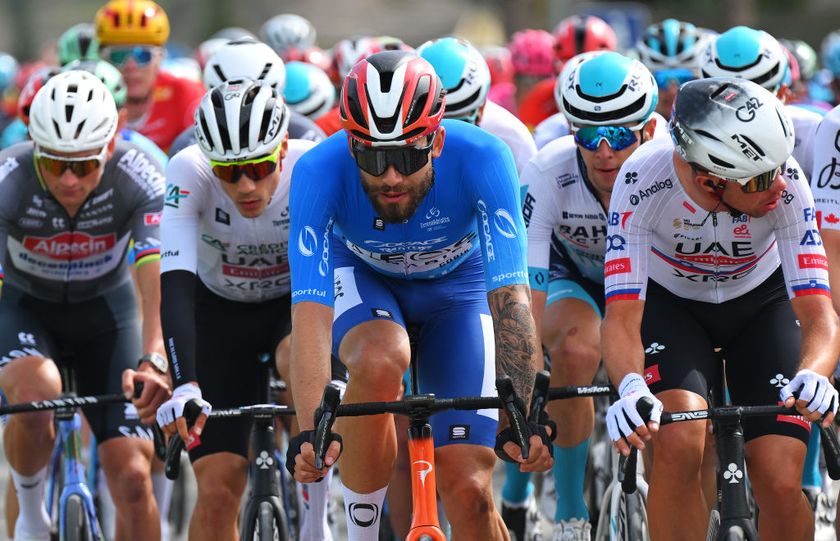Vuelta a Espana to scale 28 per cent Los Machucos wall
Stage 17 cow track finish compared to the Angliru









"Like riding up a wall" is how Chris Froome (Team Sky) defines his expectations of Wednesday's summit finish of Los Machucos, and the Vuelta a Espana leader may well find some daunting parallels between the Vuelta's newest climbing discovery, and Saturday's more familiar slopes of the ultra-steep Angliru.
Froome: I couldn't start a race if I believed someone was using a motor
Vuelta a Espana: Froome wins stage 16 time trial
Chaves puts on brave face after Vuelta a Espana time trial defeat
Froome: Things can change very quickly at the Vuelta
Nibali pessimistic despite solid time trial performance in Vuelta a Espana
Los Machucos is shorter than the Angliru, just 7.2 kilometres compared to 12.5, but it has ramps that, at 28 percent, can match the Anglriu's slopes that are rated as ranging between 26 and 30 percent at their very toughest. But in any case, when riding up a narrow, winding mountain track somewhere in the middle of the wildest nowhere in northern Spain, be it the Angliru or los Machucos, the degree of steepness is so infernally hard that a few percentage points up or down don't really matter. That's even more the case when, as is the case on Wednesday, it's forecast to rain.
Like the Angliru, Los Machucos has its origins in cattle herding. It started life as a track for shifting cows from one upland pasture to another. Indeed, the Machucos stage's 'subtitle' of Monumento al Vaca Pasiega means the "Monument to the Pasiega Cow", and there is a metal version of said bovine at the top of the Machucos climb.
The Pasiega is a popular local breed of milking cow, a key part of the region's agriculture, with a "mistrustful but docile temperament," that wanders freely in the area. Roaming Pasiega cows create a fair amount of churned up mud and dung on los Machucos, and even if the surface muck is cleared away for the sake of the stage, if it rains the residue risks making steep roads even slippier, according to Basque cycling journalist Jesus Gomez Peña of El Correo Español, who recently rode up Los Machucos.
The biggest challenge, though, is the brutally steep uphill ramps, including one segment, midway up, that has a cement surface
"There are parts that are very similar to the Angliru in difficulty, too," Gomez Peña told Cyclingnews.
"It's a series of steps, so it's not as continuously hard as the Angliru. But it has a very hard start, then a little rest, then another ramp, and so on. It's also very narrow. They'll need a 34 or a 36 chainring to get up it."
Get The Leadout Newsletter
The latest race content, interviews, features, reviews and expert buying guides, direct to your inbox!
More than just Los Machucos
The stage, 180 kilometres long from Villadiego, is not just about Los Machucos. With 3385 metres of vertical climbing, it is similar to stage 16 to Sierra Nevada.
The final Los Machucos climb is preceded by a spectacularly long descent off the second category Puerto del Espejo, from 1350 metres down to sea level. That's followed by a ten-kilometre ascent of the first category Alises climb, its summit a scant 18 kilometres from the finish. A fast, tricky descent lesds onto Los Machucos, the seventh of the 2017 Vuelta's nine summit finishes, with 600 metres of vertical climbing on the pasture track.
"Alisas is not so hard, somewhere between a first and second category, in my opinion, but the drop down beforehand off the Alisas is not on a new road surface and is technical, especially if it rains. A good descender could open up a gap there," Gomez Peña predicted.
"Then there's the last right hand bend of the descent, and a drop down to the village at the foot of the Machucos [the hamlet of Bustablado - ed.] Coming out of Bustablado, there's a little ramp, which makes you think you've started the climb, a curve to the left, a very narrow drop down, which I think they're planning on resurfacing and then we're onto the climb itself.
"The first ramp is one of the hardest, it's unbelievably tough, so positioning will be important and then the road itself sorts things out as to whom is the strongest. It's maybe 17 or 18 percent, about 400 metres long, so it's going make for some big differences. Then there's a little rest, another ramp and then we're onto the cement section, which if it rains could be particularly tough. You can't get out of the saddle to climb and not skid."
The riders move off the cement and back onto normal roads for the last third of the climb, which is not so hard as the middle and the lower slopes, with sections that "only" reach around 12 percent.
"The riders who want to attack will make a big difference at the bottom and then try to maintain those gaps towards the top," says local resident and former triple World Champion Oscar Freire in the sports daily AS.
It all sounds ideal terrain for a rider like Miguel Angel Lopez (Astana) to try for his third stage. And for the GC? As Alberto Contador put it after Wednesday's time trial, "Things can still happen in the Vuelta."
Alasdair Fotheringham has been reporting on cycling since 1991. He has covered every Tour de France since 1992 bar one, as well as numerous other bike races of all shapes and sizes, ranging from the Olympic Games in 2008 to the now sadly defunct Subida a Urkiola hill climb in Spain. As well as working for Cyclingnews, he has also written for The Independent, The Guardian, ProCycling, The Express and Reuters.
